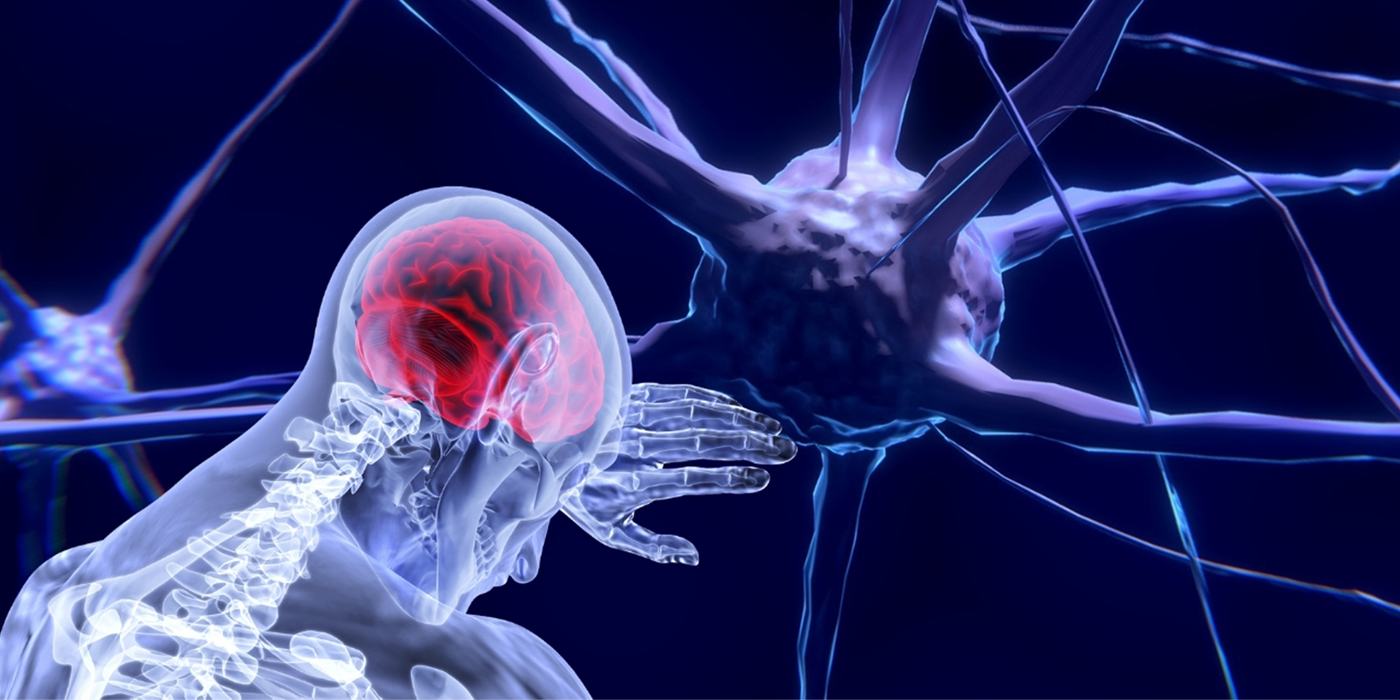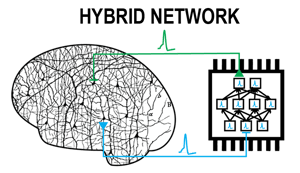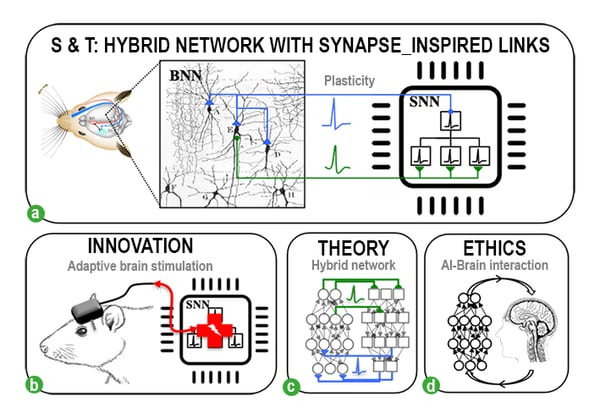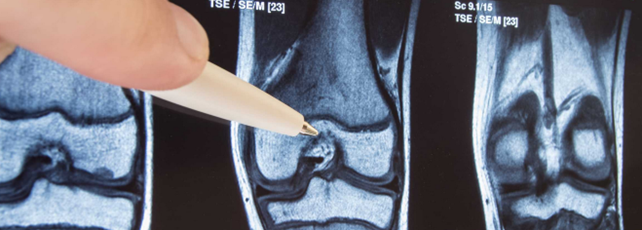
After decades in which engineers, mathematicians, biologists, and doctors have worked in disciplines that were considered to be very separate fields, we are now facing a revolution in the health sector: intensive collaboration between these various disciplines makes it possible to achieve astonishing results that were previously unthinkable.
Personalized and precision medicine, lab-generated organs using simulacra that mimic their functions, and decision-support systems for medical personnel are just a few examples that indicate the enormous potential of the multidisciplinary approach.
The main factors are, on the one hand, the extensive medical studies and experience dating back to the earliest times and, on the other hand, the more recent advanced abilities to model and simulate the behaviour of the human body and medical devices, and the effects of treatments. Added to these is the ability to extrapolate from the enormous amount of medical history, treatment, and laboratory data the laws governing the human body's reaction mechanisms to disease and treatment. For example, it will soon be possible to treat chronic or degenerative diseases such as Parkinson's thanks to the SYNCH project (A SYnaptically connected brain-silicon Neural Closed-loop Hybrid system), which combines neuroscience, nanoelectronics and computational science.
In this project, we are demonstrating how artificial neuronal networks can be used in vivo as neuro-prostheses that can replace damaged brain neuronal networks or assist in functional recovery. In this project, we are demonstrating how artificial neuronal networks can be used in vivo as neuro-prostheses that can replace damaged brain neuronal networks or assist in functional recovery.
Using sophisticated modelling, developed by EnginSoft, and based on the theory of electromagnetism, it was possible to simulate the interaction between the two neural networks, their connection capacity and the brain tissue's response to stimulation induced by the neuro-prosthesis.


Fig. 1 Concept of the Synch project
The achievements in precision medicine, such as in the treatment of rheumatoid arthritis and musculoskeletal diseases, are equally important. Rheumatoid arthritis is a chronic inflammatory disease that worsens with age and affects 1-2 % of the population, affecting up to 5 % of women over the age of 55, which in Italy alone translates to over 400,000 people.
The chronic inflammation of the synovium – the membrane that allows the proper functioning of joints – results in uncontrolled growth, which can destroy cartilage and erode bone tissue. As yet, there is no definitive cure for the disease and patients' symptoms are alleviated with medication. However, 40 % of patients do not experience an improvement, and 10-20 % of patients do not respond at all to any of the drugs available. Hence, developing and testing new drugs that are 'tailored' to the individual patient, as demonstrated by the FLAMIN-GO project (From pathobioLogy to synoviA on chip: driving rheuMatoId arthritis to the precisioN medicine GOal) is essential.

Fig. 2. Rheumatoid arthritis shown on an X-ray.
The project is based on the 'organ-on-chip' technique, i.e. it reproduces the joint in the laboratory using a microfluid platform that simulates the behaviour of joint tissues relevant to the disease. This will enable doctors to select the best available drug to treat each patient according to his or her specific condition and will also allow new drugs to be developed.
EnginSoft is currently fine-tuning the computer modelling of the 'organ-on-chip', in particular by simulating the behaviour of the fluids (synovial fluid, blood, etc.), which is indispensable to understanding how the system works and to imitating the real joint as closely as possible.
In precision medicine, the lack of customized technologies and predictive models is mainly due to the complexity of the interactions of the issues ranging from biology to physics, chemistry, mathematics, and genetics, as demonstrated by the PREMUROSA (Precision medicine for musculoskeletal regeneration, prosthetics, and active ageing) project.
Thanks to sophisticated machine learning models that use advanced statistical transformations of biomarkers to increase their information content, EnginSoft is developing predictive models that can optimize therapies for patients with musculoskeletal diseases, based on their individual characteristics.
Follow us for more examples of multidisciplinary collaboration for citizen health, and of the role of digitalization in drug testing in the coming weeks.
For more information on this project, contact: Carla Baldasso via email at c.baldasso@enginsoft.com


